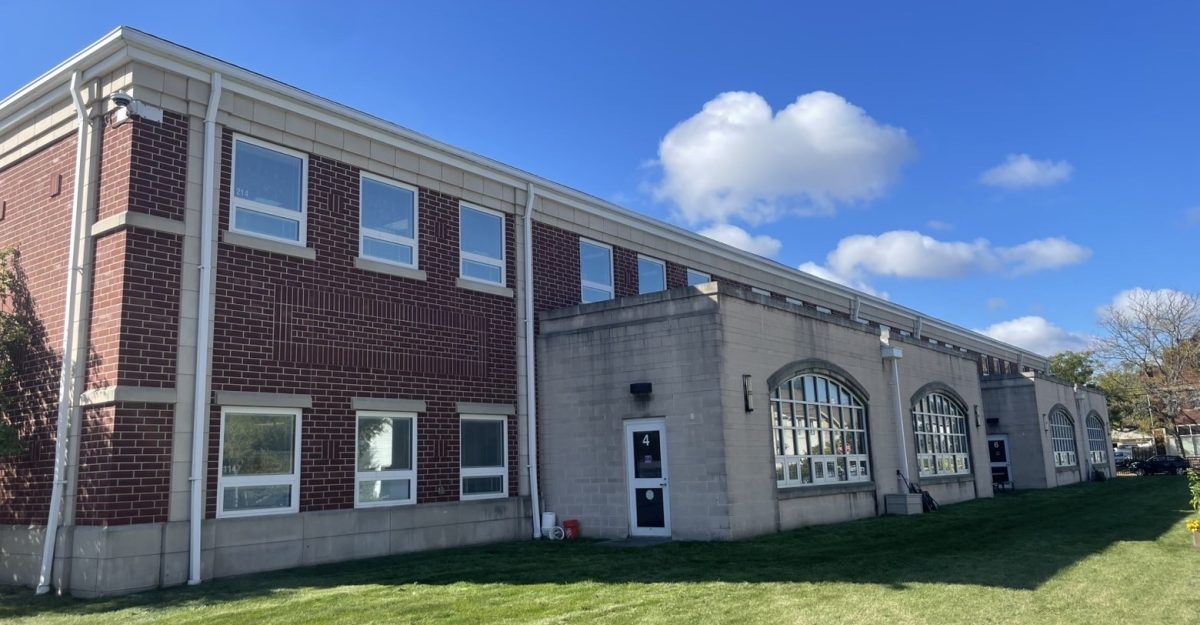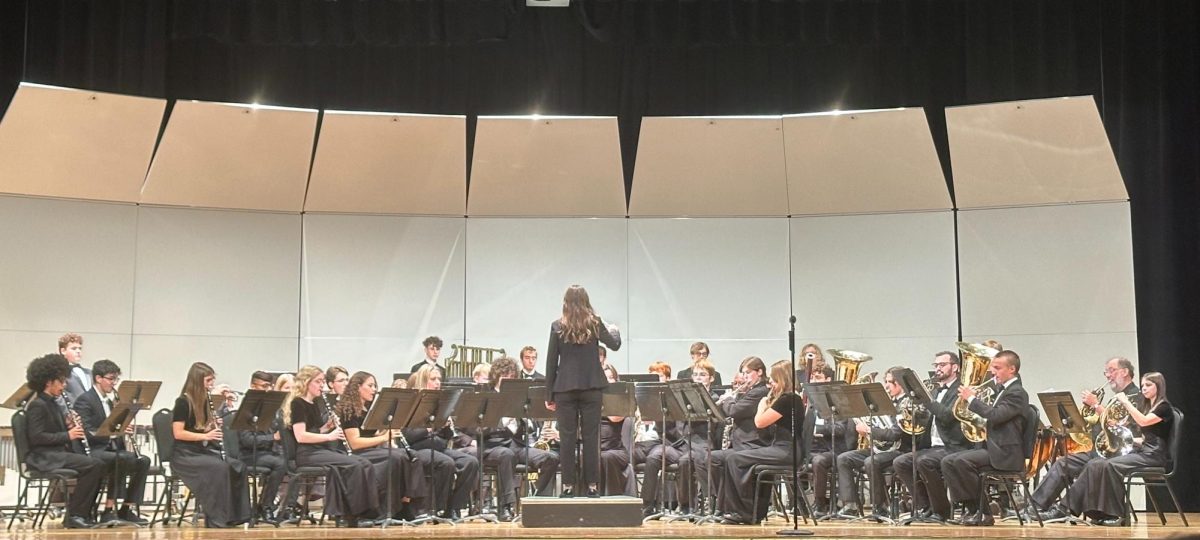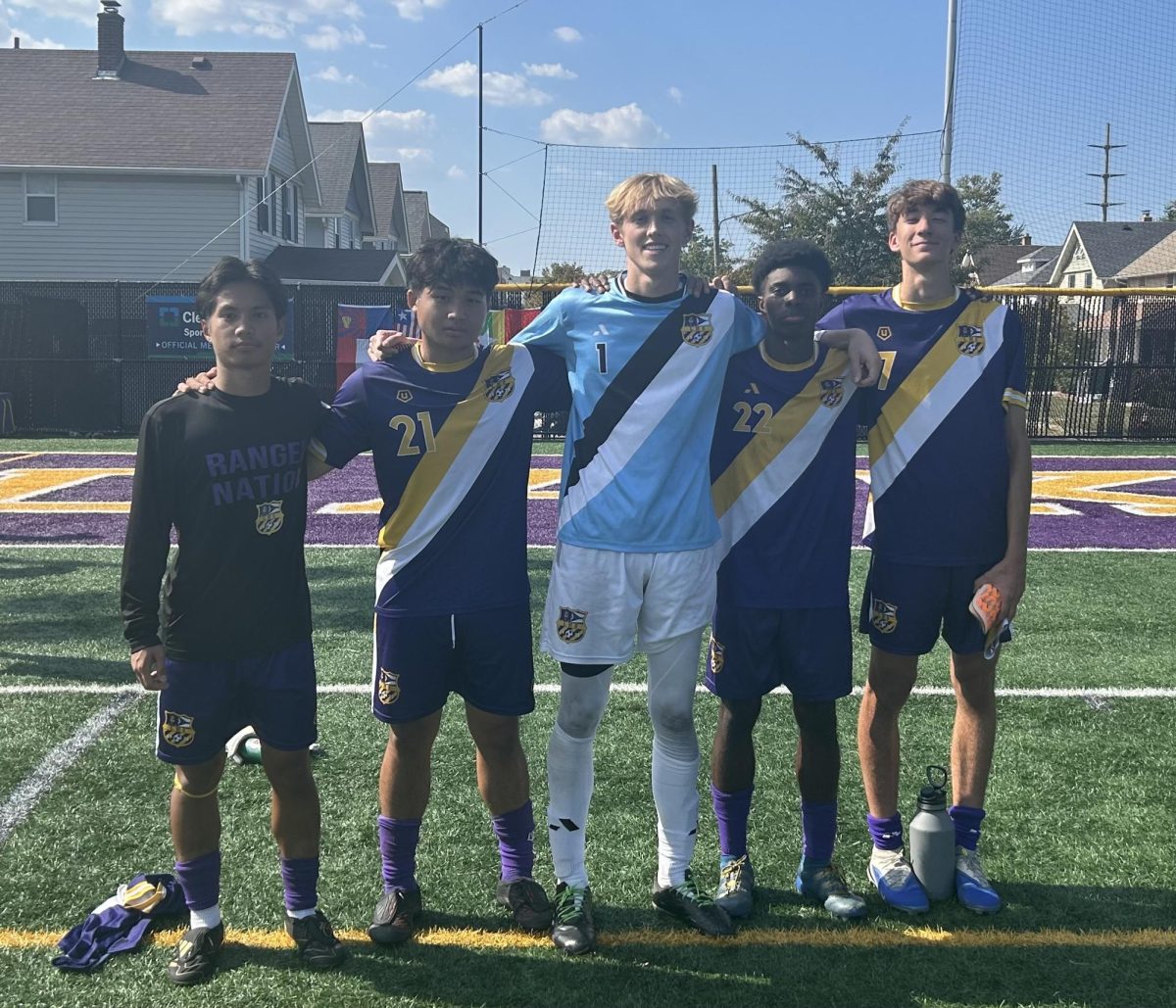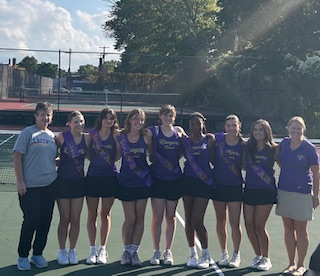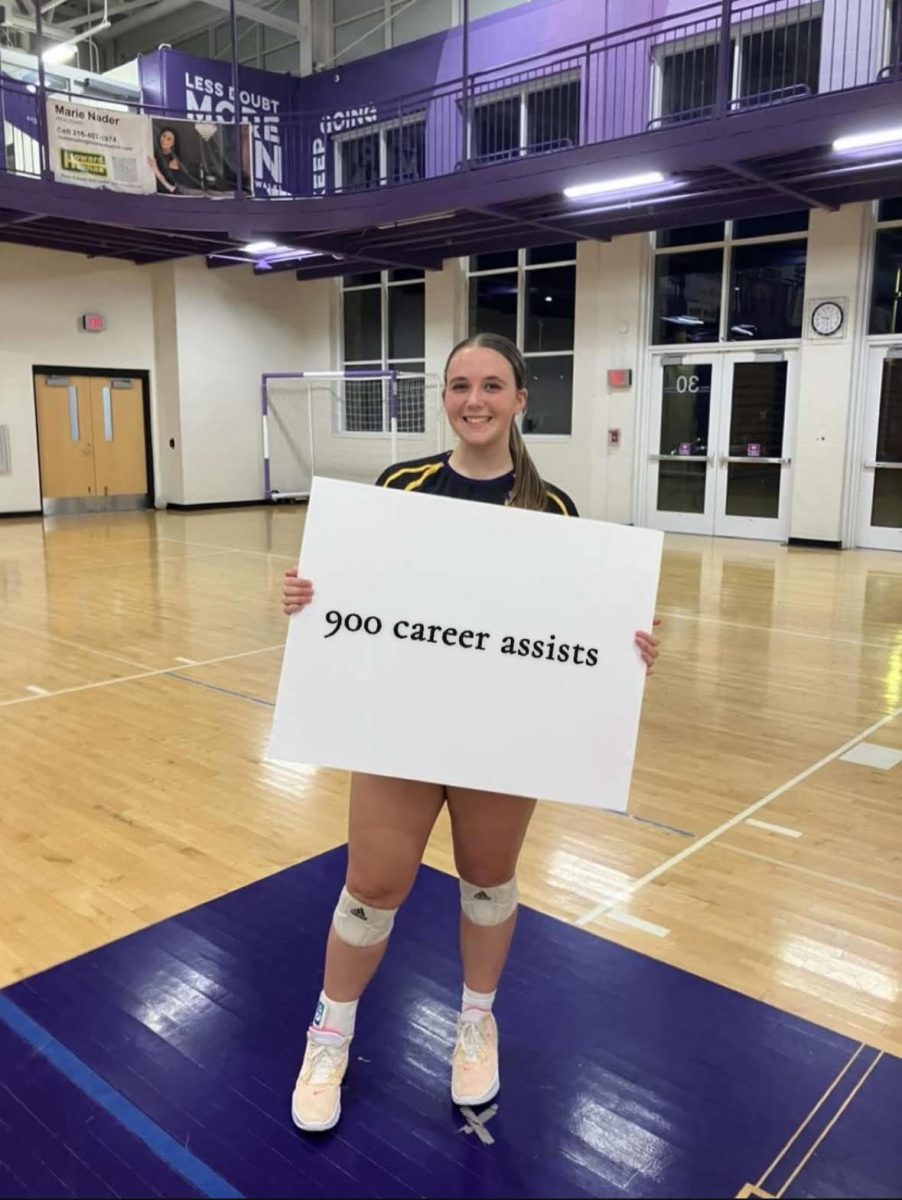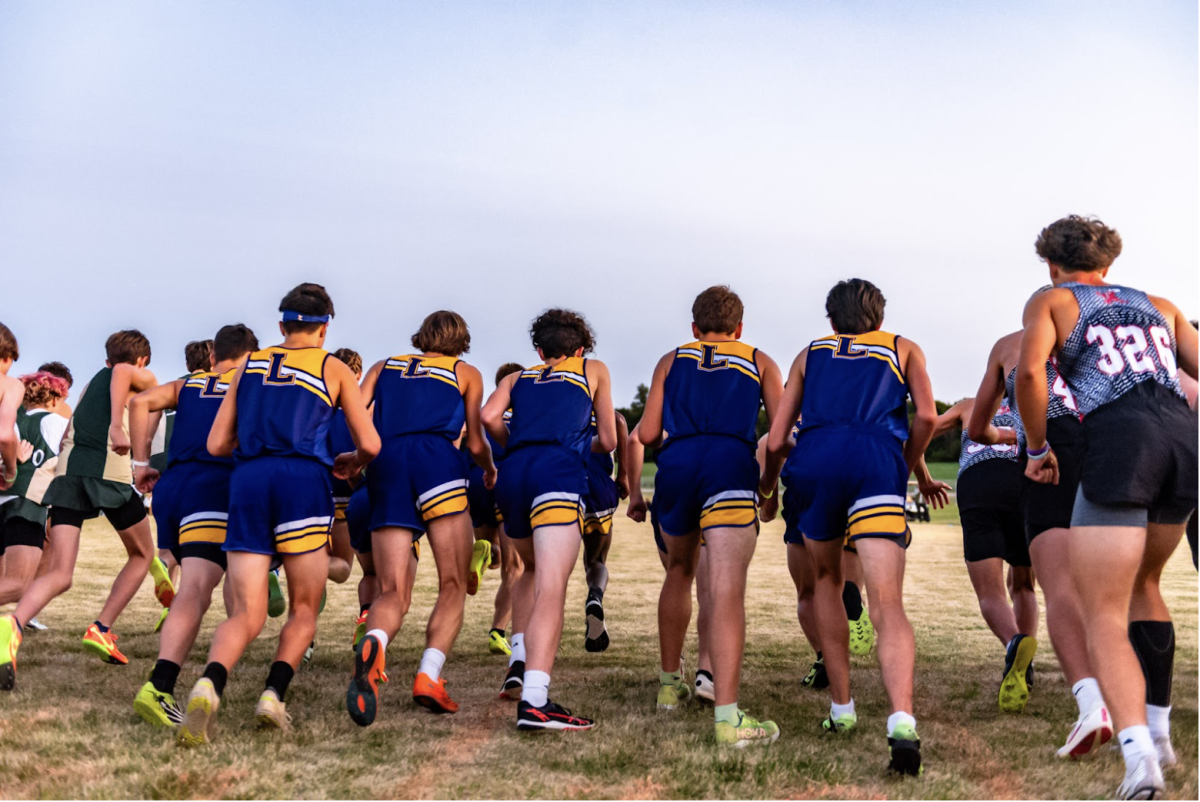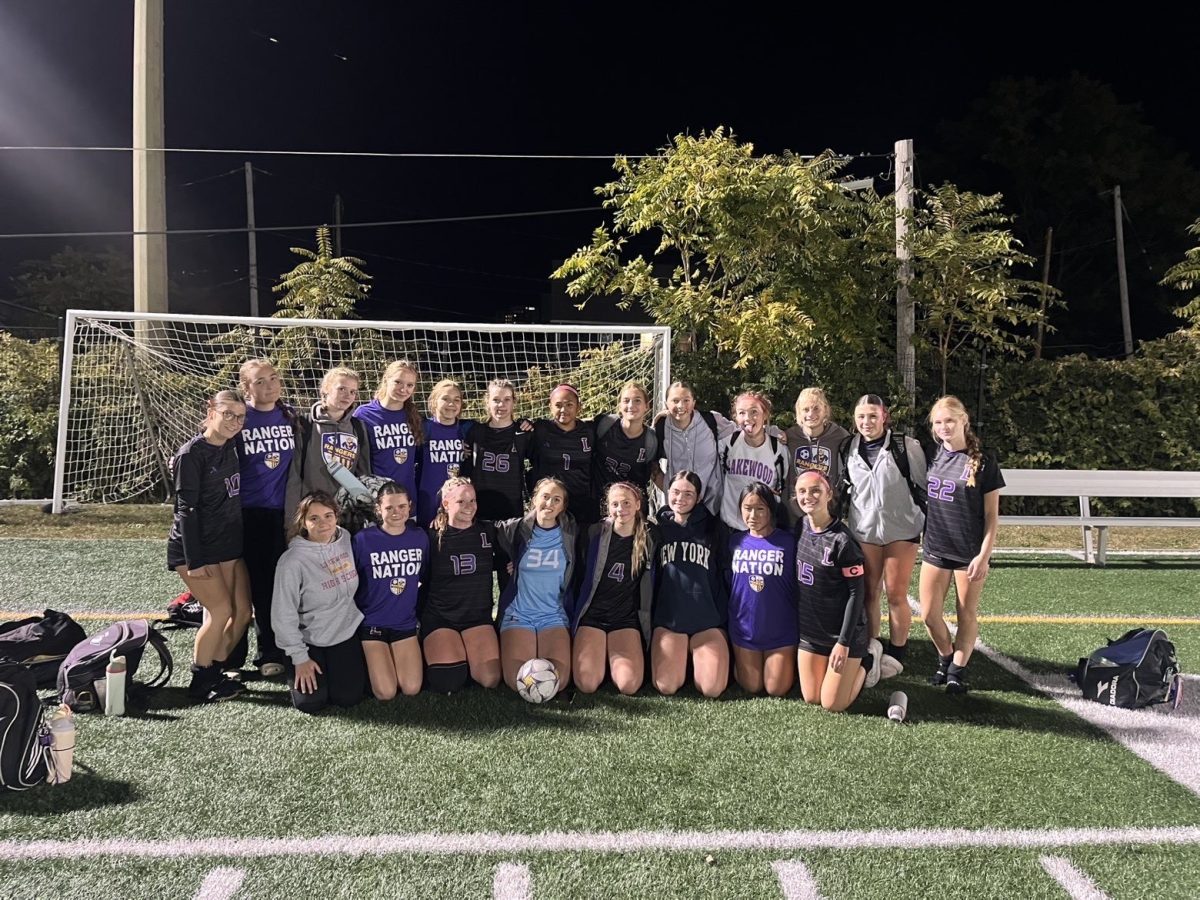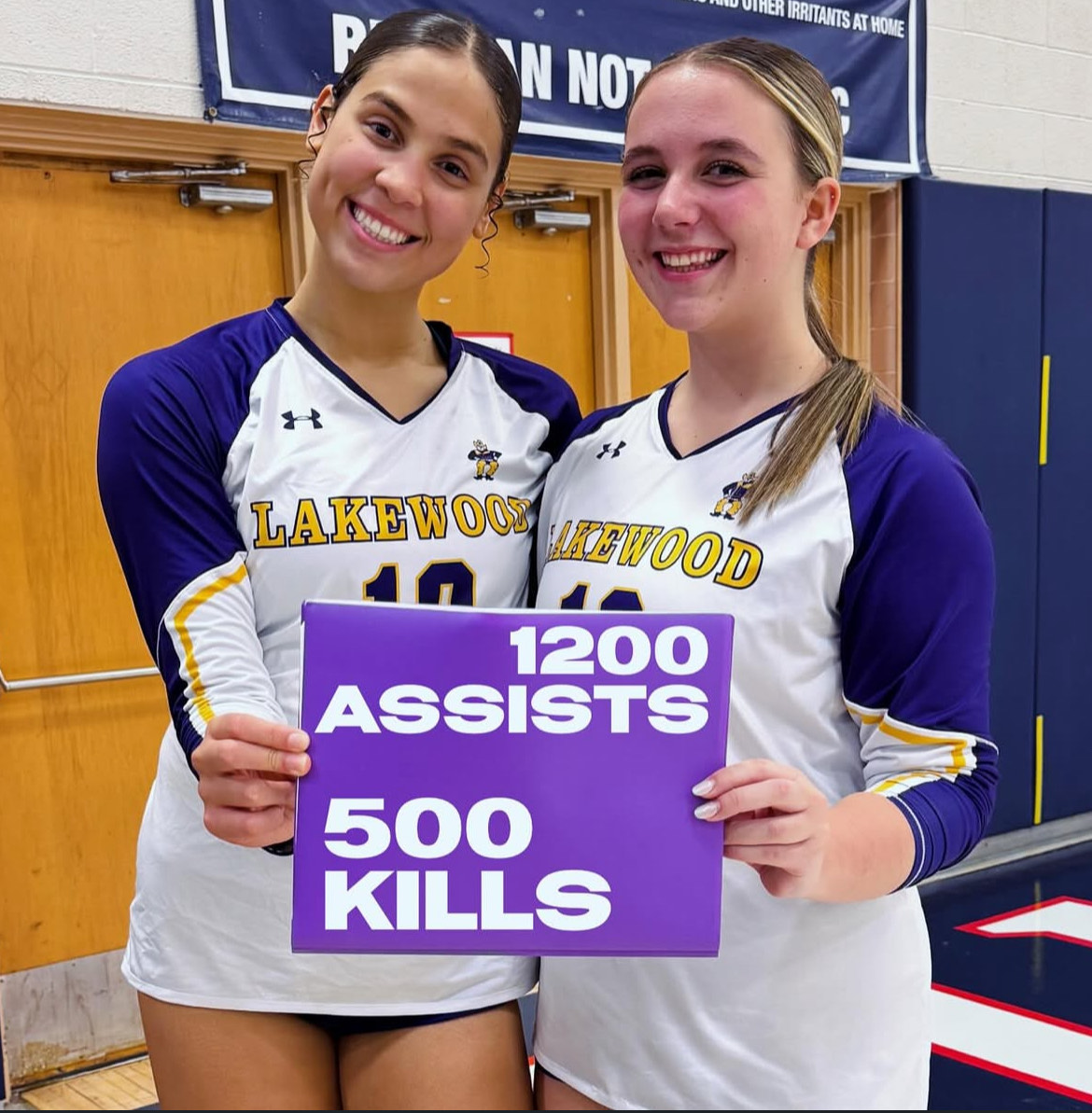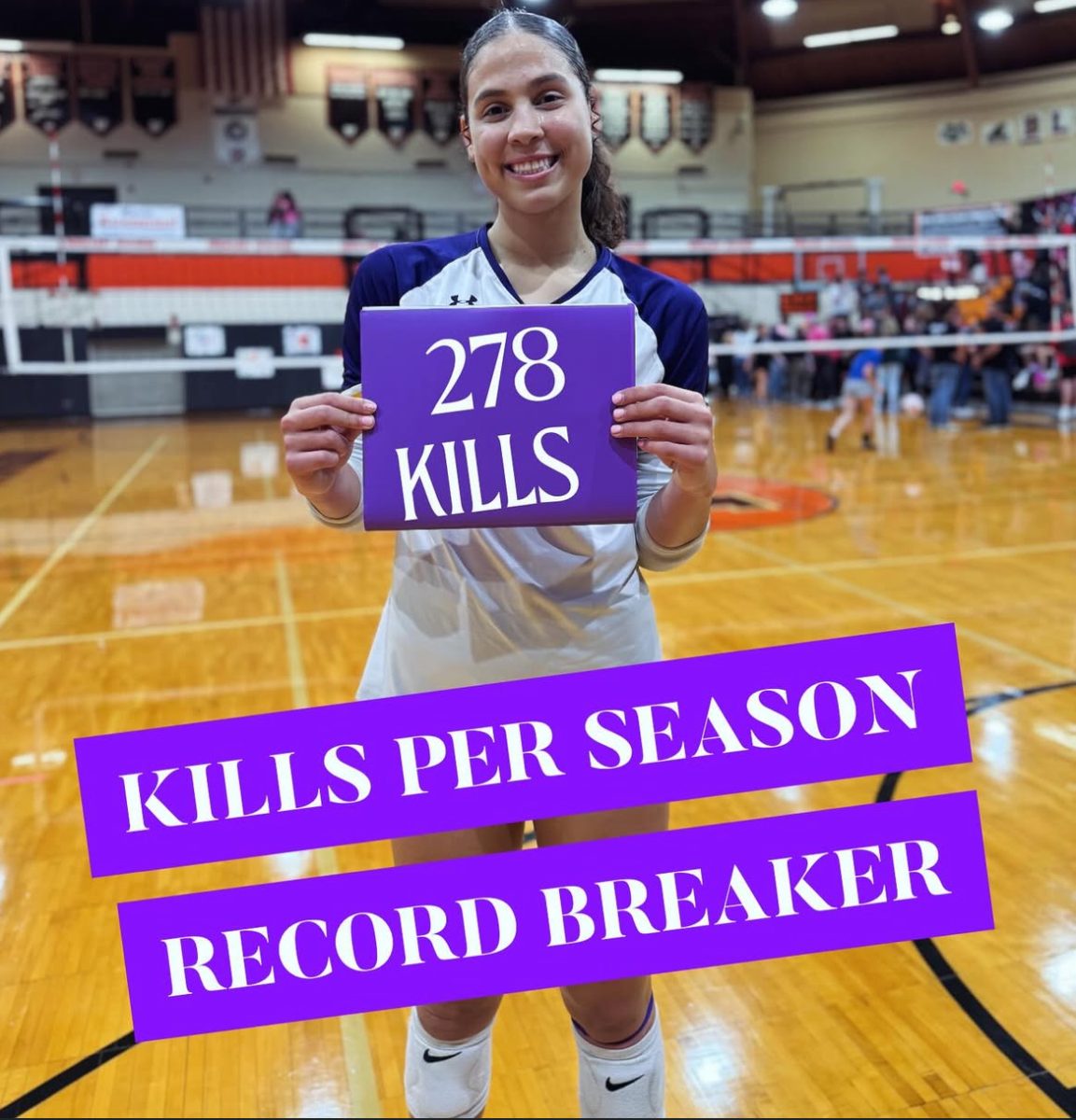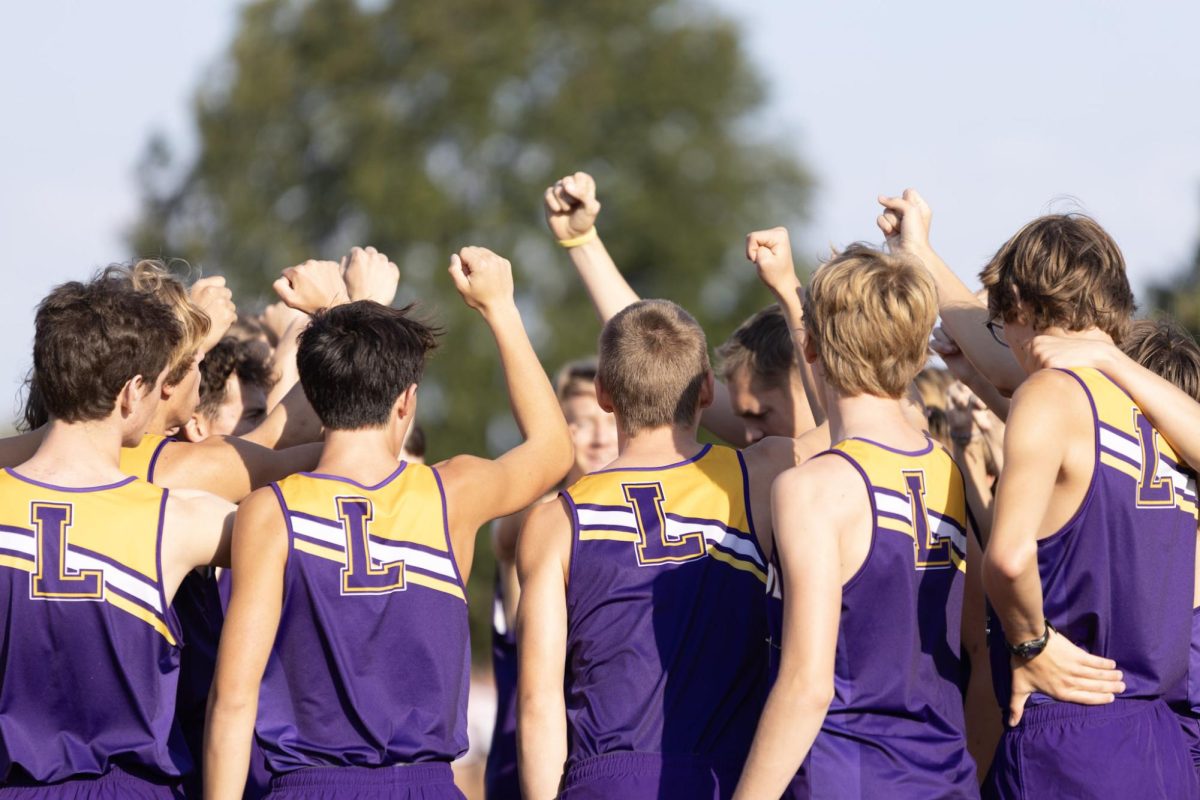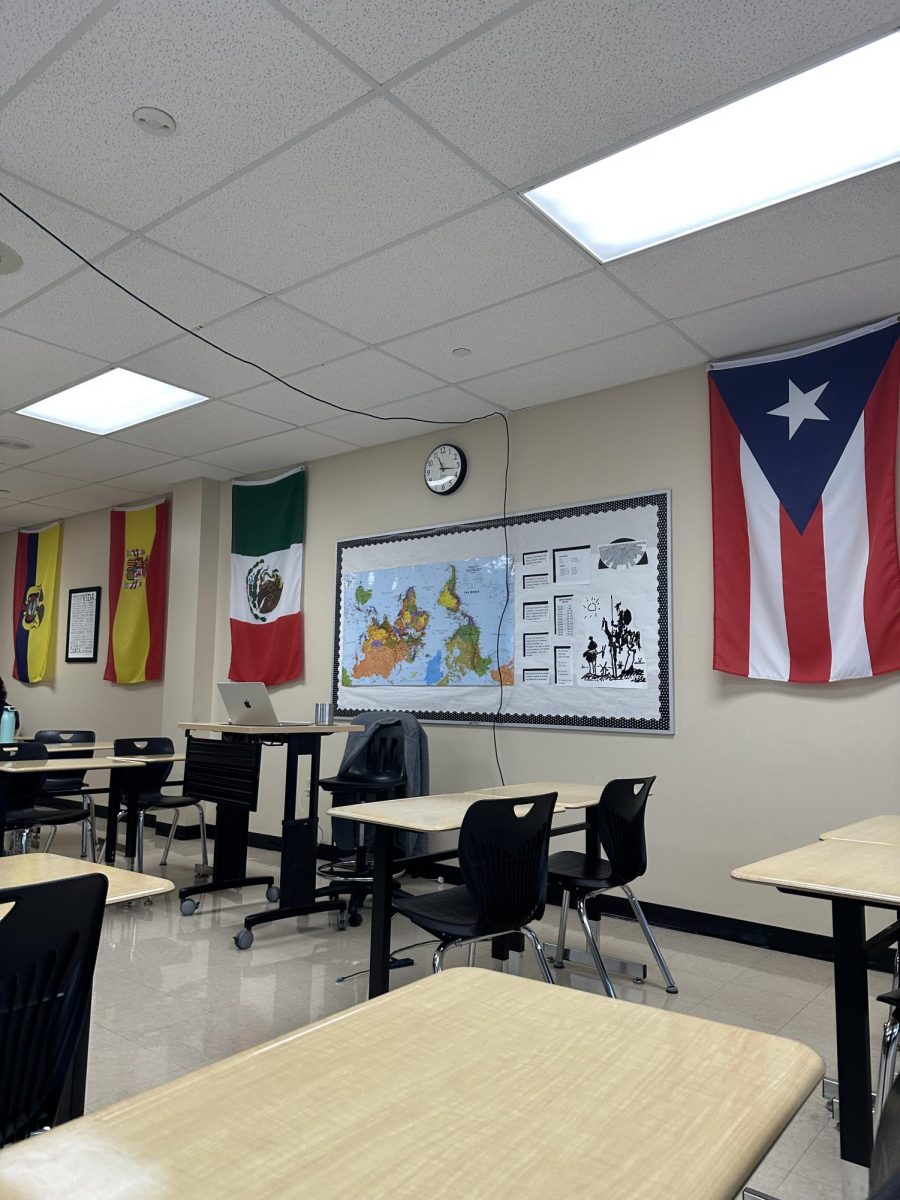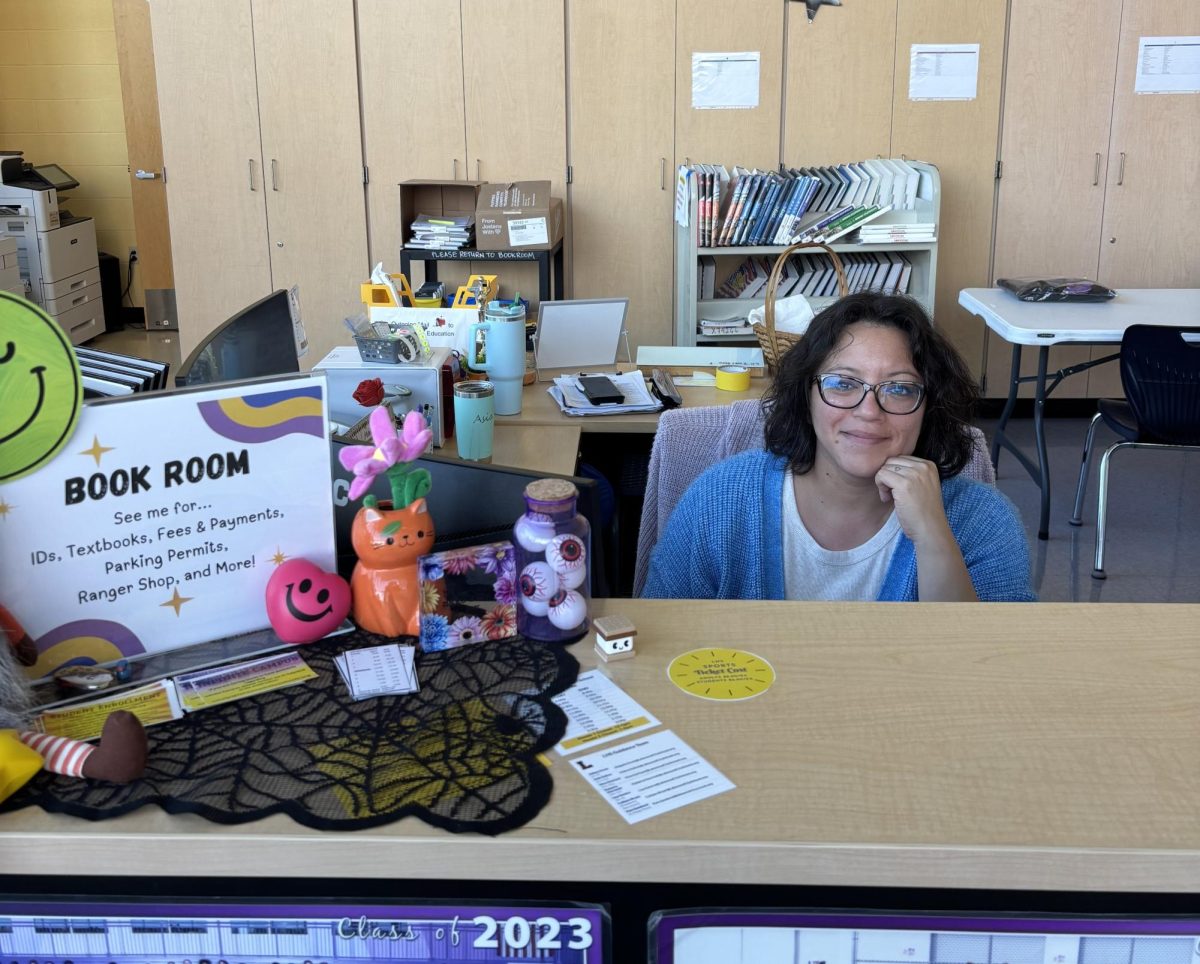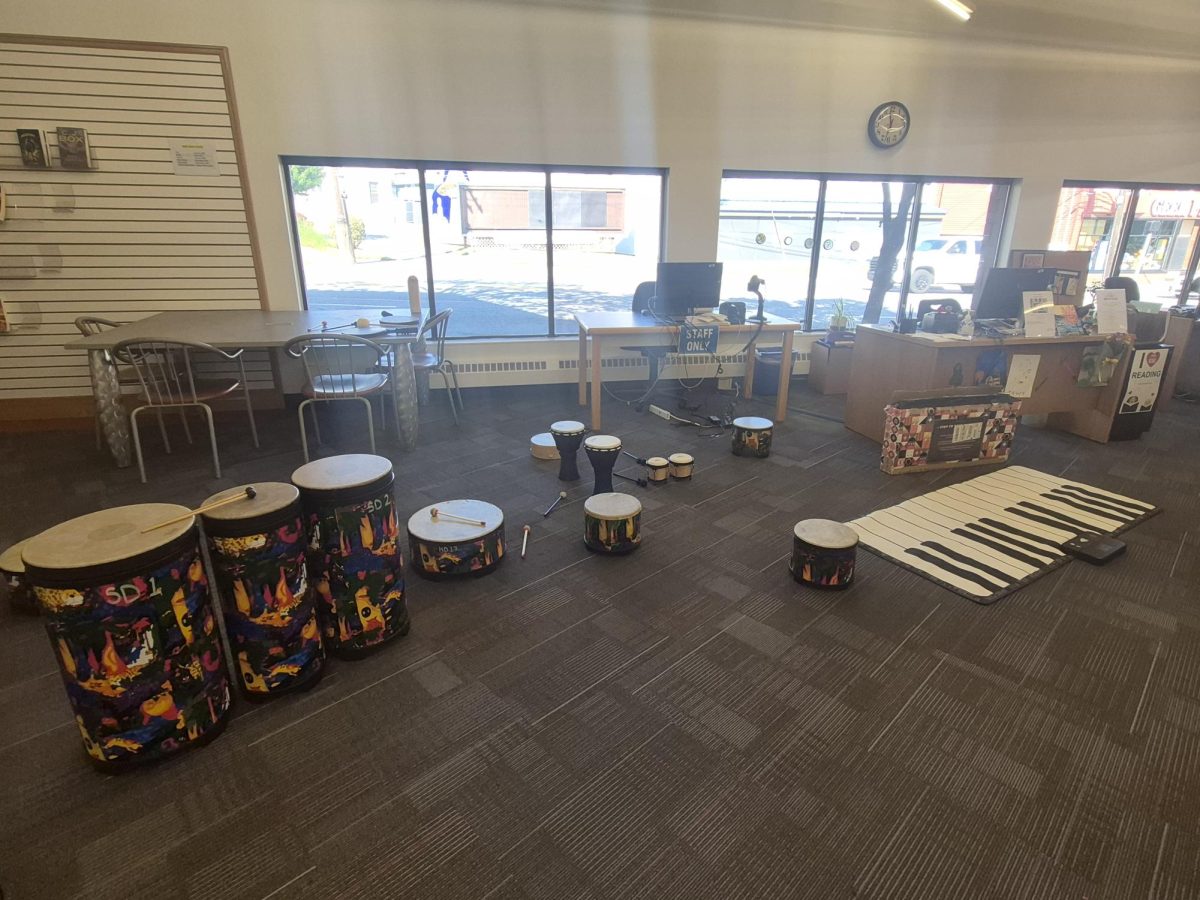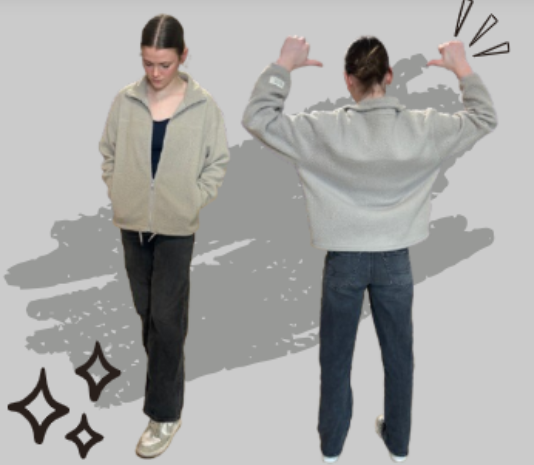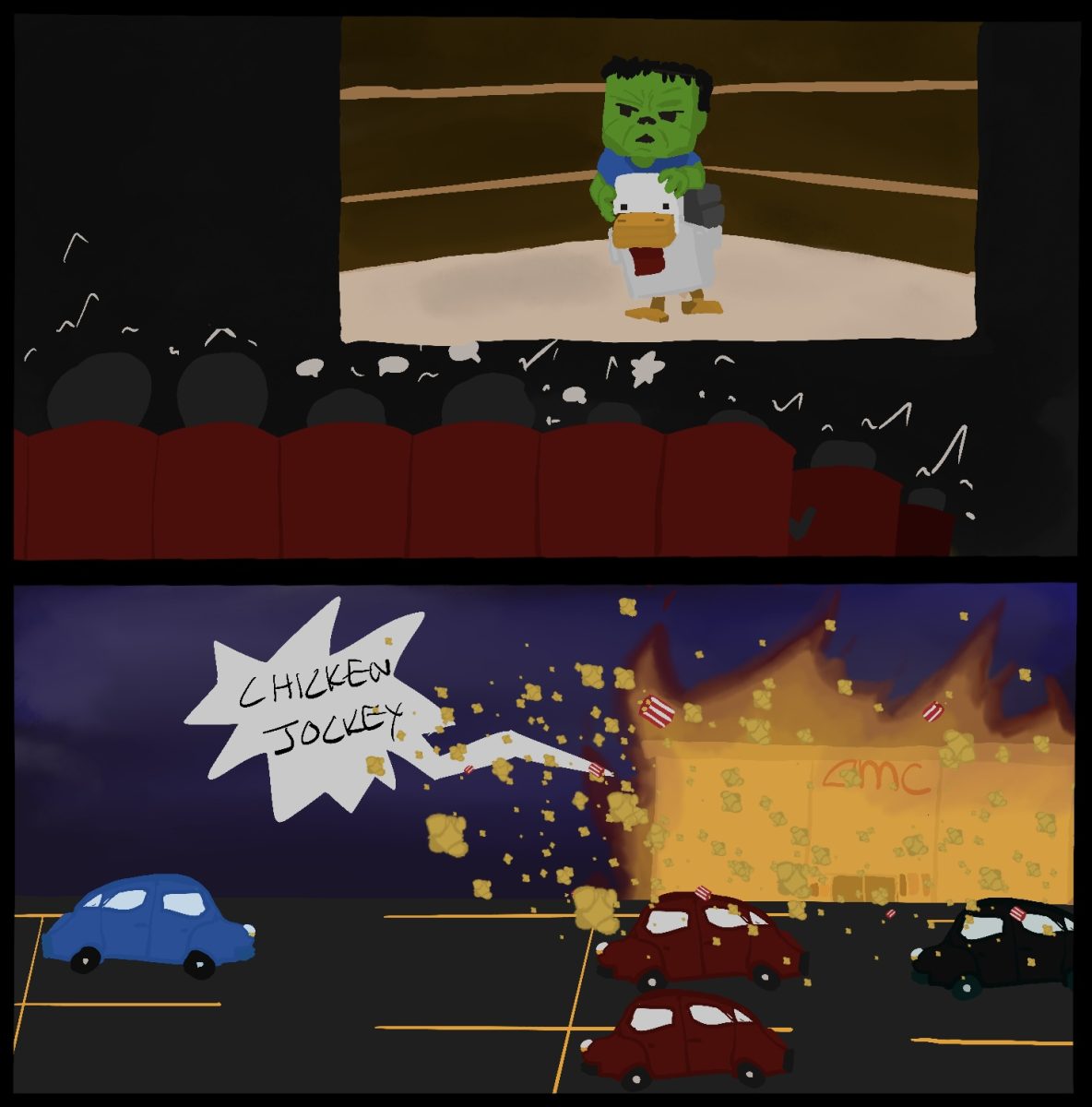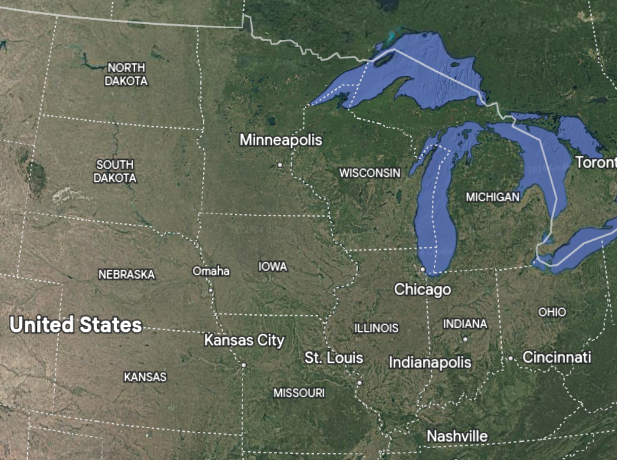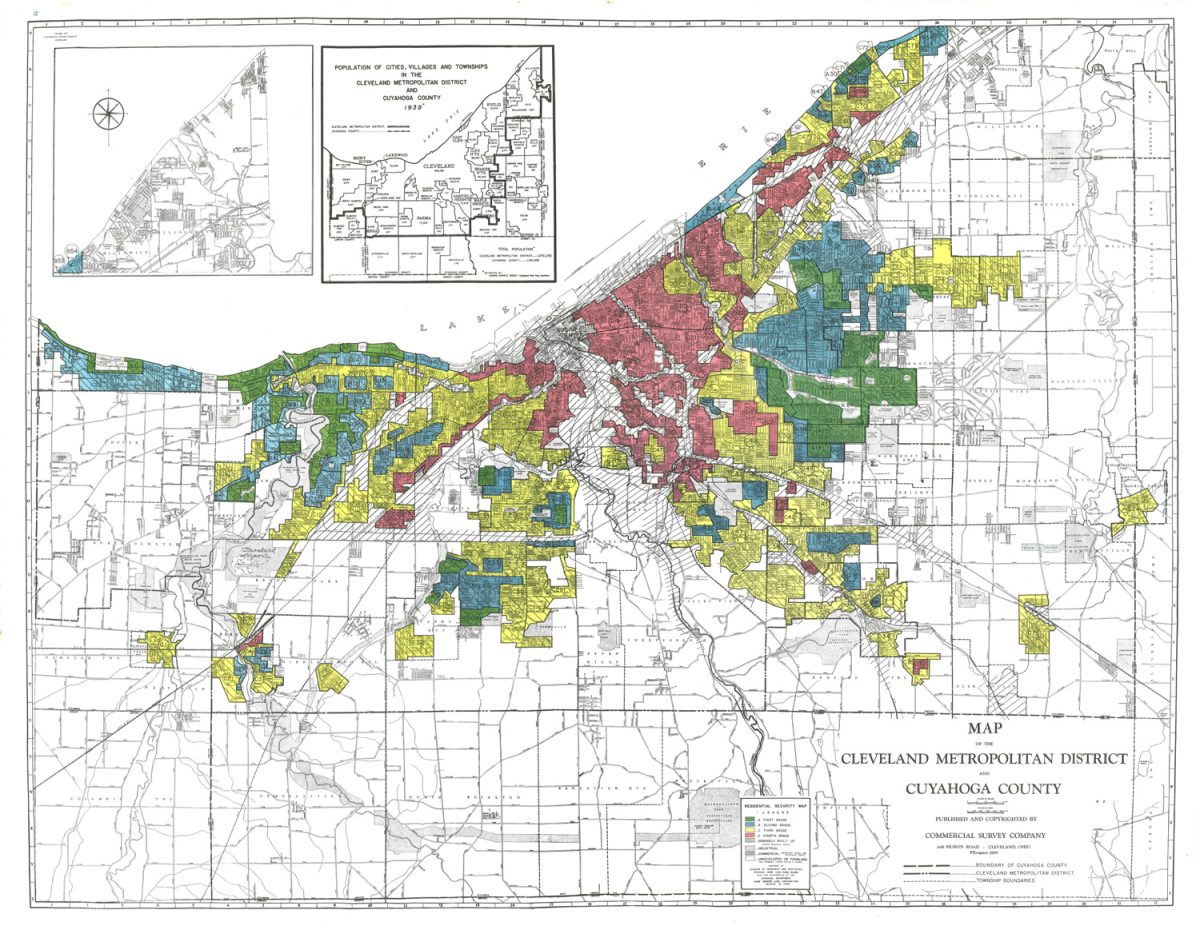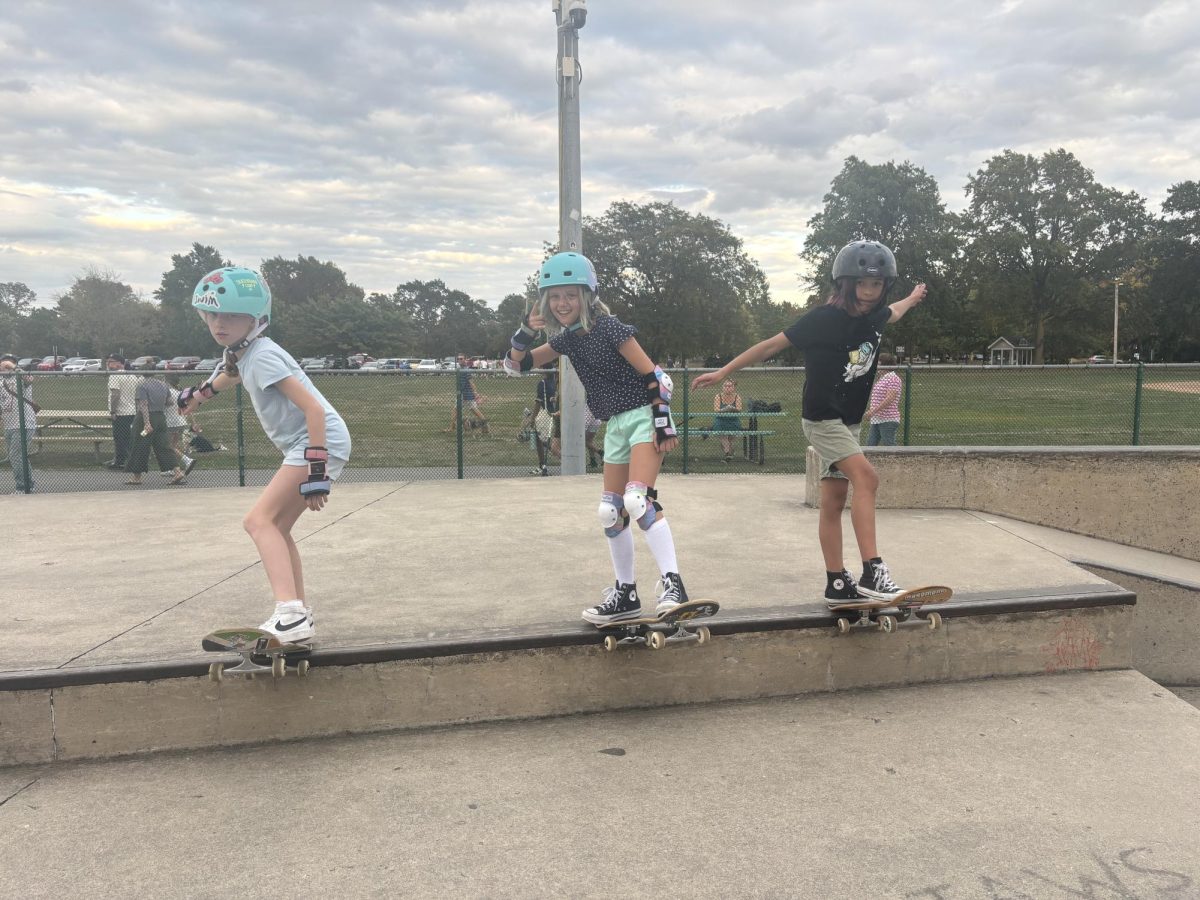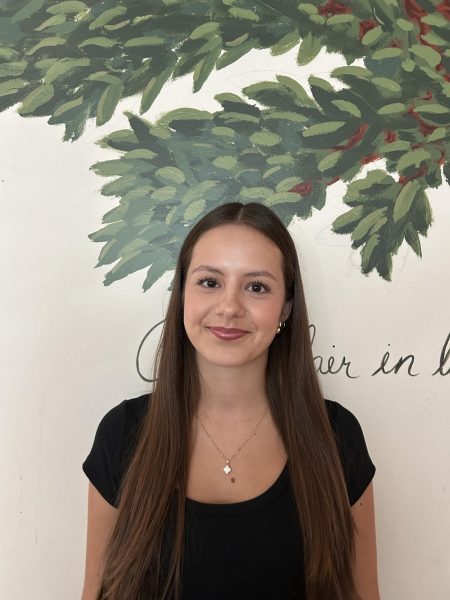Lakewood High School offers Spanish classes from Spanish 1 to Spanish 5. Although the teachers at the high school are incredible and provide a lot of support for their students, it can be helpful to have extra helping hands. To address this need, Lakewood High School implemented Peer Leading, a program that pairs students in higher-level Spanish classes to support students in lower-level classes.
Peer leaders volunteer to spend one of their periods every day or several days a week with a Spanish class. The teacher then selects students who would be a good fit for the role. A student suitable for peer leadership is described as “someone who is knowledgeable, they’re kind and helpful when they work with people, and someone who takes initiative to engage in the class,” said Erin Costello, one of Lakewood High School’s Spanish teachers. Peer leaders are expected to be patient, approachable and supportive in helping other students succeed in learning Spanish.
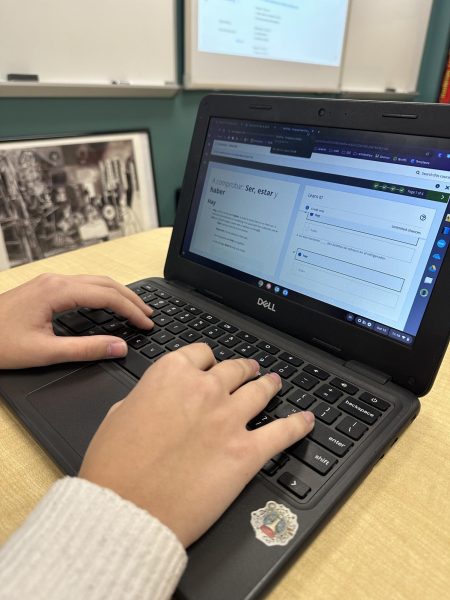
In the classroom, peer leaders help the teacher grade quizzes and papers and answer students’ questions when the teacher can’t get to them immediately. Spanish is a popular language at Lakewood, so classes often have many students. Even just one peer leader can reduce the teacher’s workload and create a supportive environment for everyone. Teachers usually appreciate having a motivated student who can assist in the classroom and provide guidance to classmates.
Students in classes with peer leaders have more opportunities to ask questions and feel more comfortable engaging with a peer their age. It can be stressful to approach a teacher with a question in front of other students, so having a peer leader nearby to ask a simple question can make a tremendous difference in the classroom. “It really helped. When the teacher was occupied, they helped me with questions that I had and with studying tips,” said Olivia Andregg, a student who benefited from the peer leaders in her class. This proves that peer leading not only improves understanding of Spanish but also encourages students to feel confident in the classroom.
Peer leading doesn’t just benefit the teachers and students being helped; it also benefits the peer leaders. Leaders get to be around other students interested in the same language as them, creating opportunities to connect with other students and foster a positive learning atmosphere. Additionally, it also improves their Spanish-speaking and listening skills with the extra time spent in the classroom. Peer leaders earn a quarter of a high school credit for volunteering, and serving this role can look great on college applications. On top of all that, it builds leadership skills that can last your whole life.
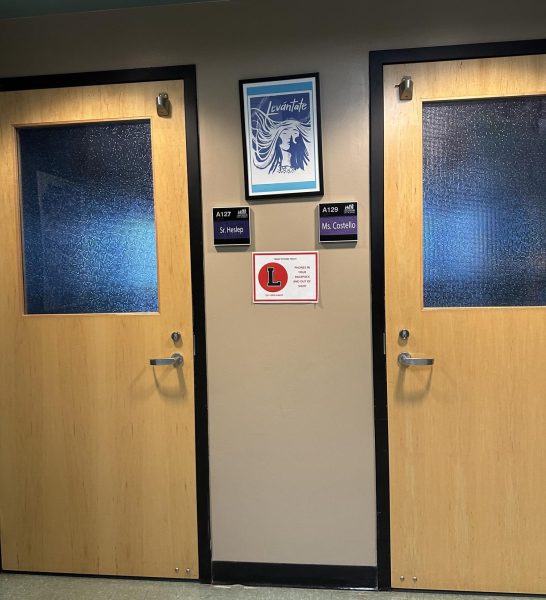
In the future, peer leading can expand to all classes. Different classes could benefit from extra help in the classroom, especially those that are more quickly paced, such as AP or CCP classes. As the program becomes better known, more students could volunteer and be selected as peer leaders. More students would also know they have more support in the classroom, which could provide greater comfort when asking for help in school. “Never be afraid to ask for help; they’re there just to help you,” said Andregg.
If peer leading is implemented in more classes in the future, additional training could take place to improve the effectiveness of having these helpful students in the classroom. If peer leaders were taught better ways to engage students in class, it would be easier for them to help.“It’s useful to not treat them as if they’ve done something wrong. Mistakes are very encouraged,” said Rocco DeNicola, a Spanish 4 Peer Leader.
Lakewood High School continues to provide many opportunities for students to learn and grow. Peer leading is a valuable program that benefits not only the students being mentored but also the leaders who immerse themselves in a Spanish-speaking environment. By offering peer support, students gain confidence, improve their language skills, and develop leadership qualities that will serve them after high school.

